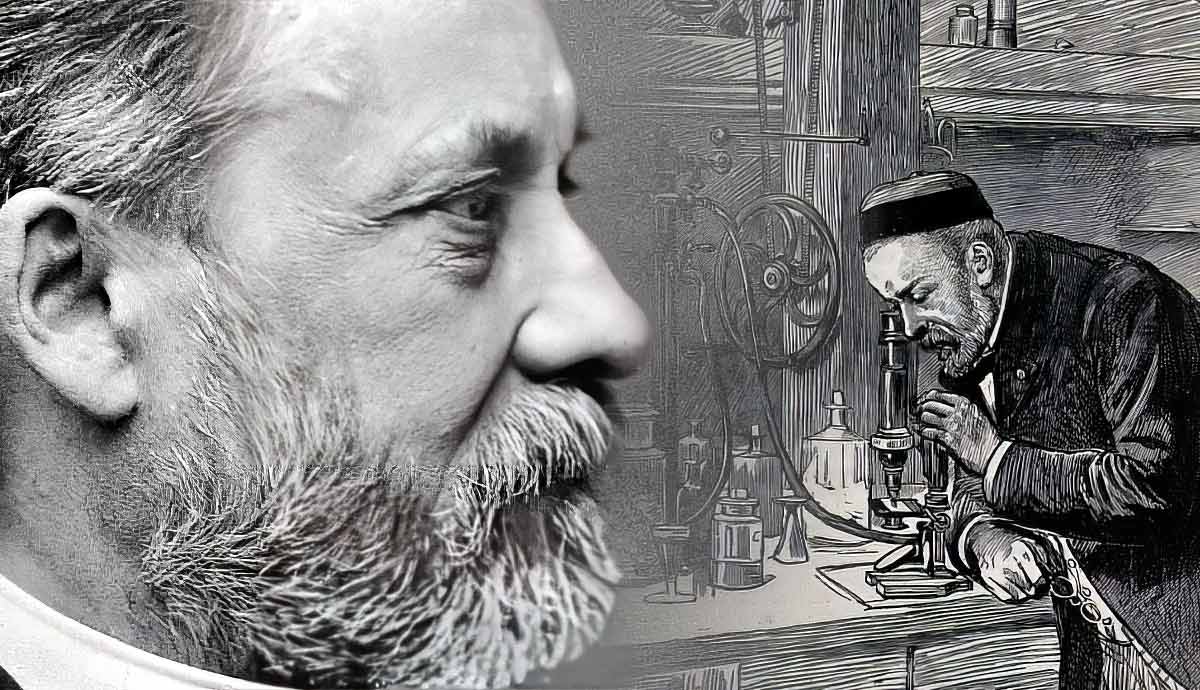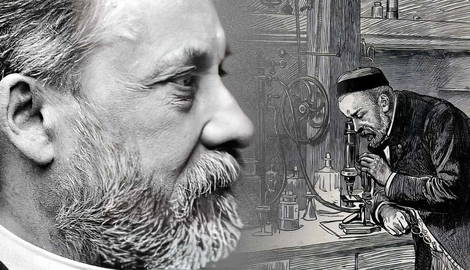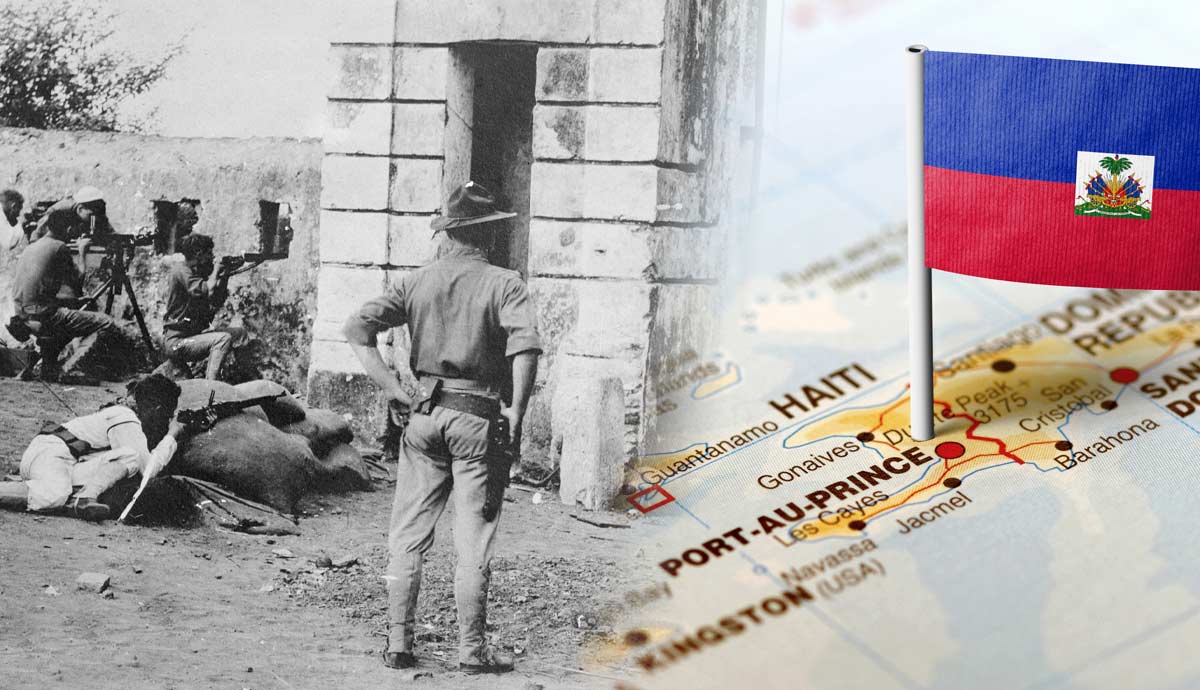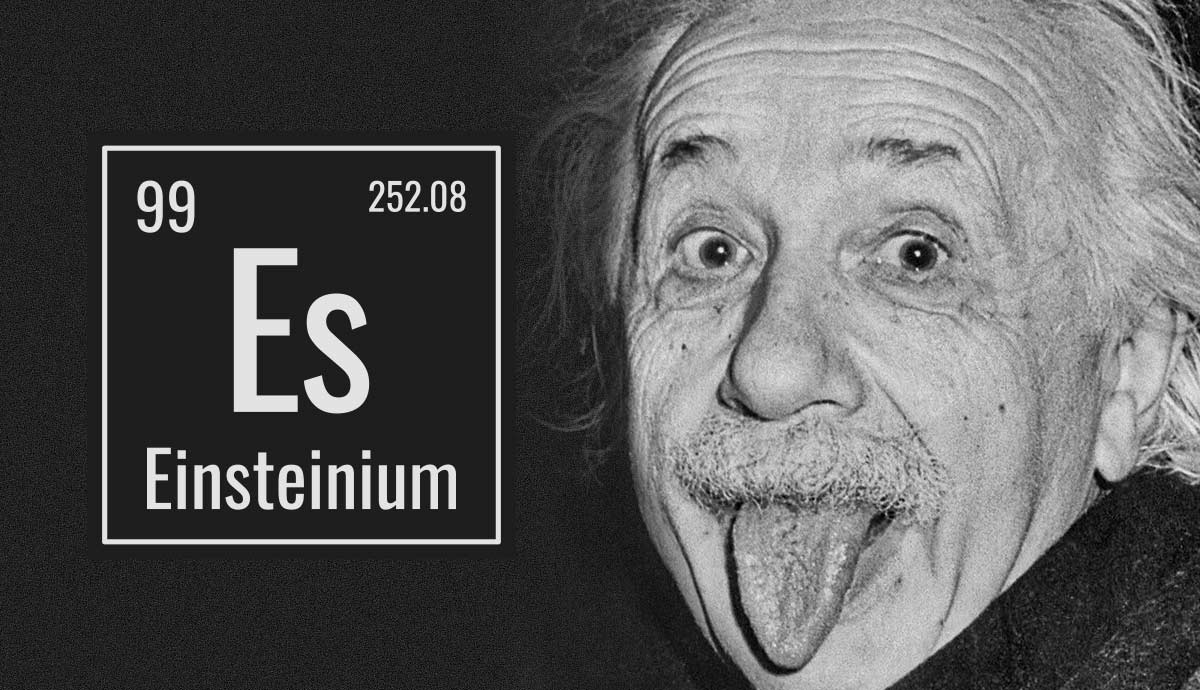
Louis Pasteur made many influential contributions to the development of modern science, one of his most famous being his work on pasteurization. He has become a household name, and the process he patented in 1865 is still used to preserve food and beverages today. What are the stories behind these discoveries? Who was Louis Pasteur, and what are his legacies?
Who Was Louis Pasteur?

Louis Pasteur was a French chemist born on December 27th, 1822 in Dole, France. He was born into a family who had worked as tanners for generations and was one of five children to parents Jean-Joseph Pasteur and Jeanne Roqui.
While in primary school, it quickly became evident that the young Pasteur was incredibly bright. After he attended the Collège Royal in Besançon, he earned a scholarship for the École Normale Supérieure in Paris, where he enrolled in 1843.
Pasteur went on to earn a bachelor’s and master’s degree in physical science to become a teacher. However, he soon decided that he was more interested in the study of chemistry.
He began to work in the field in 1847 as an assistant to the well-known chemist Jean-Baptiste Dumas, who was working at the Collège de France. It was here that Pasteur conducted some of his first research into optical activity and crystallography.
Just a year later, he took the job of professor of physics at the University of Strasbourg, where he was able to continue the research he had begun under the guidance of Dumas.
Pasteur’s Big Discovery: Pasteurization

Pasteur’s first big breakthrough came in 1864 when some local breweries asked him to look into issues in storing beer and wine.
When looking into wine, Pasteur discovered that certain microorganisms were making the liquids spoil, and certain microorganisms were making them ferment. He noted that if he could figure out which microorganisms did which job, he could devise a way to prevent wine and beer from spoiling while ensuring their flavor remained intact.
One of the methods he tried, which would prove most successful, was heating the liquids. He discovered that if he heated them up to between 50–60 °C (120–140 °F) and then cooled them down again, the harmful microorganisms would be killed, but those that caused fermentation would remain alive. This meant that the process would not affect the flavor of the beverage.
Pasteur’s method was a great success, and as a consequence, the process of heating liquids to a certain temperature and then cooling them back down again to prevent them from going bad became known as Pasteurization and is still used today.
The discovery of this method revolutionized the storage of wine and beer for breweries. It was so successful, in fact, that it was applied to other liquids like milk and prevented the spread of disease through contaminated food and beverages.
Anthrax and Cholera
After Pasteur suffered a stroke in 1868, the new French government agreed to construct a new lab for him. This allowed him to step down from his teaching responsibilities but continue his research.
At this point, Pasteur turned his attention to diseases. One of which was fowl cholera or avian cholera (or simply chicken cholera), a contagious respiratory disease in birds.

After studying the disease, Pasteur was able to isolate the bacterium causing it, which he then called Pasteurella multocida, and was able to begin looking into potential cures.
Pasteur carried out experiments on chickens, which involved taking samples, or cultures, of the disease. He would then attenuate or weaken the disease by leaving it exposed to the air and to heat.
His experiments were met with little success until he went on vacation, and his assistant forgot to continue injecting the cultures into the chickens. By the time Pasteur returned, the cultures had been left for a month – a length of time usually assumed to render them useless.
However, he injected these old cultures into his chickens anyway and found that rather than dying from cholera, these chickens had mild symptoms and then recovered. His assistant assumed that the cultures must have been faulty and that the experiment had not worked.
Despite this, Pasteur was convinced he had discovered something important (which he had). He then injected the chickens that had just recovered from this month-old culture with a fresh sample of the disease. This should have killed them; however, they showed no signs of being infected.
Pasteur had accidentally discovered the correct amount of time to leave the culture exposed to oxygen to ensure it could be used to immunize the chickens against cholera. He had found a successful cure.
In 1880, he presented these findings to the French Academy of Sciences. His work on chicken cholera was influential in the early development of inoculation and would contribute to the development of more successful vaccinations in the future.

After his efforts with cholera, Pasteur turned to another disease: anthrax. Anthrax was a terrifying disease often deadly to both humans and animals and, at the time, was creating a great deal of problems for agricultural production.
Pasteur recognized the importance of finding a cure for the disease and began to conduct experiments seeking possible solutions.
Following what he had learned about cholera, Pasteur looked for a way to weaken anthrax bacilli. He hypothesized that by exposing the bacilli to oxygen for the right amount of time, it would become weakened enough not to kill a patient, but it would still be strong enough to elicit an immune response.
Pasteur found this method successful in curing animals, and in 1881, he announced his discovery to the public.
On May 5th, 1881, Pasteur took his new anthrax vaccine to the public. In front of an audience, he staged the inoculation of 24 sheep, six crows, and a goat in the town of Pouilly-le-Fort. He inoculated the animals once on the 5th and again on the 17th. He left one group (of the same number) of animals unvaccinated as a control group.
Then, on May 31st, Pasteur introduced live anthrax bacteria into all of the animals. Two days later, he asked the public to return, and he demonstrated the success of his vaccines. All the vaccinated animals were still alive, while all 24 sheep and the one goat who had not been vaccinated had died.
What Pasteur had discovered was groundbreaking. While inoculation was not new (people had been inoculating smallpox for a while), Pasteur’s method was different because it used an artificially weakened culture, whereas smallpox relied on a naturally weakened one (which had to be found). To this new discovery, Pasteur gave the name “vaccine.”
Rabies and the Institut

After his success with anthrax, Pasteur turned to human diseases. Here, ethical issues would make his research much more difficult, which is why he chose a disease that affected both humans and animals: rabies. This would allow him to conduct experiments on animals, and then when he established they were safe, he could take them to humans.
The disease was actually rather rare in humans, but because of the effects it had on animals, it had long been feared. Before Pasteur’s research, the treatment for a bite from an infected animal had been cauterization (involving a hot iron). In most cases, this was ineffective at killing off the disease and extremely painful.
Not only were there ethical issues with attempting to cure rabies, but difficulty also arose from the fact that the microorganism that caused the disease could not be easily or specifically identified. Furthermore, it could not be cultured in a lab artificially (as opposed to in an animal) like the other diseases he had looked at could.
What Pasteur could do, however, was inject rabies into other animals (like monkeys or rabbits), which would attenuate the disease, before injecting it into the test subject. Pasteur began to successfully treat dogs in this way.

Then, on July 6th, 1885, Pasteur attempted the same method to treat a human for the first time, although he was slightly reluctant to do so. The patient was a nine-year-old boy named Joseph Meister, who was suffering from rabies and was close to death.
Despite Pasteur’s hesitations, the experiment was a success. Not only was Joseph cured, but many members of the public were convinced to donate to the new Institut Pasteur, which was opened in 1888 and would conduct important biomedical research.
After many discoveries, Pasteur passed away in September 1895 at the age of 72 after another stroke. He received a state funeral and was originally buried in Notre Dame Cathedral before being moved to the Institut Pasteur. The Institut is still influential to this day, conducting research into vaccines, and its influence now reaches 29 countries across the world.










